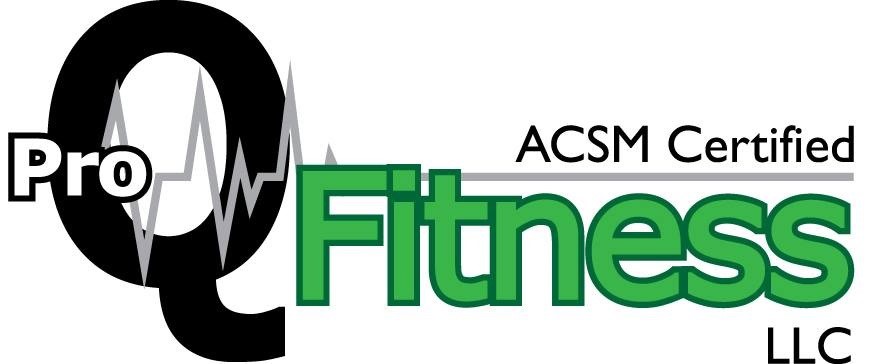Guys, are you maintaining your college-aged weight but are not feeling as firm or robust as you did in your early to mid 20’s? You may feel confident and slim in your clothes but the mirror, your bathing suit and even your lady lets you know you’re skinny-fat. The medical term for this is “MONW”, or metabolically obese normal weight. Hyman (2012) defines you are under lean but over fat- not enough muscle and too much fat, especially belly fat. From the time you are born to around the time you turn 30, your muscles grow larger and stronger. But at some point in your 30’s you begin to lose muscle mass and function, a condition known as age-related sarcopenia with aging. Men who are physically inactive can lose as much as 3% to 5% of their muscle mass after age 30 (Blahd, 2014). Even if you are active, you still experience some muscle loss. This inevitably age-related truth in addition to unhealthy eating habits has lead to your less manlier physique. However, with some initiative, education and sweat, your once toned body can reappear in a short 12 weeks if your follow some simple rules…
1. Stay off the weight scale!
Daily or frequent weight checks can provide an emotional relief or create absolute torture. However, the numerical verdict is not always a valid measurement in defining your progress and certainly not indicative of your level of health/fitness. I suggest recording some girth measurements as a benchmark to quantify results every 3-4 weeks during your journey.
2. Hit the weight room.
Too often many guys avoid the weights for fear they will “bulk up” or get huge. This has been a great misconception among the population as a whole. Often misguided advice by neglecting strength training and only stressing aerobic training to achieve fat loss and changes in body composition has lead to unsatisfactory results. Strength/resistance training is responsible for the acquisition/maintenance of lean mass, which has been known to aid in recharging a sputtering metabolism as we age (Thompson, 2014). Ultimately, this will keep your furnace burning at a high rate while sitting at your desk or on your couch long after your workout. With that said, during your workout choose your exercises wisely. Performing isolated muscle group exercises are effective but try to incorporate some compound (hybrid) resistance maneuvers to shake things up. For example, perform a wall sit (legs) while curling dumbbells for biceps (arms) or throw in a burpee followed by a plank. This approach is certainly more physically demanding but can get you more bang for your buck for it is time effective as well. Putting your exercises on shuffle mode will confuse your muscles and force them to adapt continuously to new stimuli. When things get too easy bump up your weight or add a set to your existing exercise. This is a valuable strategy to enhance both muscular development and function . I recommend spending 30-40 minutes per workout three times a week with a rest day in between.
3. Stop the binge eating/drinking and Think!
Emotional eating is a fact of life. As you grow older, life’s challenges and responsibilities become greater and more demanding. Too often, excessive eating/drinking becomes a rational solution and coping mechanism to manage these external stressors and annoyances. This can formulate a poisonous and perpetual unhealthy pattern of behavior you can ill-afford with aging and is not conducive to healthy living in general. This kind of medicating calls for a little educating. Understand the cheeseburger you ate in college isn’t the same cheeseburger you eat at 35 y/o due to changes in body composition associated with aging as mentioned earlier. Respect it, own it. The phrase “I can eat whatever I want if I workout” has to go. You simply can’t out train a bad diet. Makes sense, right? It is imperative to be realistic when making your food choices. It also wouldn’t hurt to be intuitive and use common sense. If something is fried, it’s probably a bad idea to indulge. Try replacing those high sugared convenient snacks with a handful of almonds or a hardboiled egg. At breakfast, go for a bowl of oatmeal and some natural fruit instead of cereal likely filled with refined sugar. For dinner be sensible and attempt to leave 1/3 of the food on your plate untouched. When planning your meals be sure to include a mix of colorful vegetables, lean meats and fish containing healthy fats while loading up on water throughout the day. It may be prudent to consume smaller more frequent meals during the course of the day. This is an effective strategy to prevent from slipping into starvation mode which can lead to overeating. Always try to limit your alcohol intake for these are calories that often go unaccounted. Overindulgence leads to poor judgement in the kitchen. Bottom line, consume less and make wiser choices!
Find a system that is both effective and convenient that can accurately record your daily intake. Myfitnesspal.com is a useful and friendly tool. Get to know yourself better. Yes guys, it does require time, thought and preparation. It’s an opportunity to increase awareness of your level of health/wellness at the very least. This doesn’t have to be a chore- the results and transformation should be exciting, fun and perhaps even encourage a lifestyle change. You can make a choice not to be skinny-fat. The manliness you once owned will return with a vengeance. The mirror and your lady will glow with approval. Make it happen!
References
Blahd, W. (2014). Sarcopenia with aging. Retrieved from http: //www.webmd.com
Hyman, M. (2012). Are you a skinny fat person? 10 steps to cure the skinny fat syndrome. Huffington Post. retrieved from http: //www.huffington post.com.
Thompson, WR. Worldwide survey of fitness trends for 2014. ACSM’s Health Fitness J. 2013;17(6)10-19.
